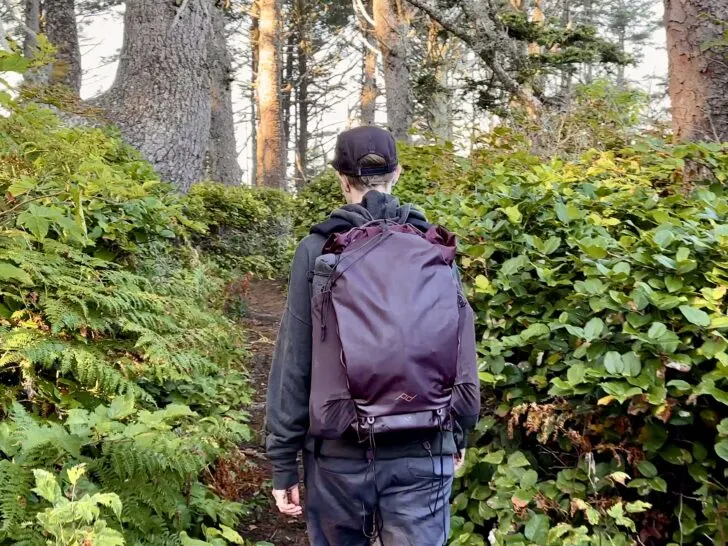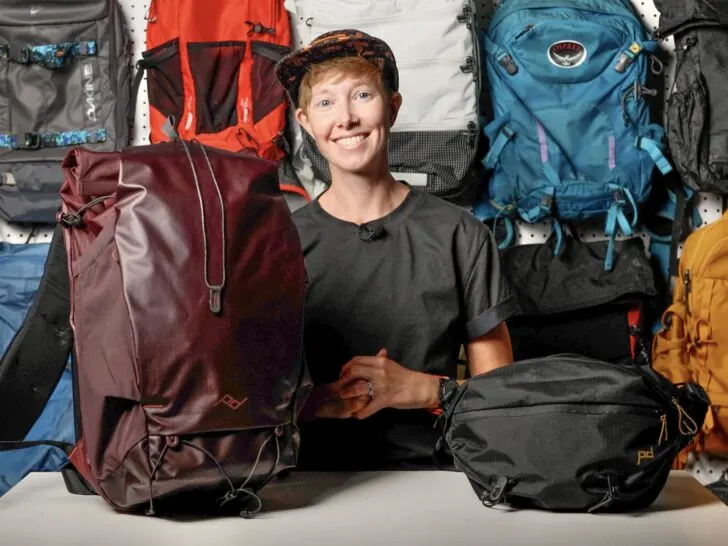We didn't find the posts for that URL.
Latest Posts
We love to travel here at Terradrift. And we’ve spent enough time exploring Europe now to definitely have our favorite spots for outdoor adventure. So if you’re headed to (or located in) mainland Europe, definitely check out these routes, which might just be some of the best hiking trails in Europe (they’re at least some of our faves so far).
Read More about The 5 Best Hikes in Europe (Or at Least Our Faves)
Here at Terradrift, we’re hikers first (even though we are also obsessed with backpacking and mountain biking). And as such, we’ve explored nearly every corner of the wide and wonderful landscape known as the U.S. Along the way, we’ve found some magical trails (including paddle trails) from coast to coast (including in Hawaii and Alaska). Naturally, there are millions of trails around this massive country, and we obviously haven’t hiked even close to all of them. We haven’t even hiked in every state (though we’ve been to almost every state)! But of the places we have laced up our vegan hiking boots, these are some of our favorite hikes in the USA!
Read More about Our 5 Favorite Hikes in the USA! (A Non-Exhaustive List, Obvs)
You know we love a functional, well-designed, sustainable piece of gear here at Terradrift. And there may be no more impactful piece of gear than the (not so humble) daypack. After all, it accompanies you on all your hiking–maybe even biking or travel–adventures, holds your 10 essentials, and gets carted onto mountain, desert, and coastal trails. It will probably be with you for years if not decades (if you’re taking care of it and repairing it, of course), and gets caked with not only dirt, but memories. So choosing the right one–and one that’s kinder to the planet–is an important decision. Fortunately, we’ve tested a whole bunch and these are the best daypacks in our opinion (that are also highly sustainable).
Read More about Best Daypacks of 2024: 5 Sustainable Backpacks FTW!
Looking for a unique way to experience a national park that is the perfect balance of adventure and exploration but doesn’t involve sitting in the car and driving from lookout point to lookout point all day or spending four days backpacking in the wilderness? We’ve got just the thing: ride your bike around the Rim Road at Crater Lake National Park! “That’s crazy!” you say? “It’s too hilly and there are cars!” you say? Well, no, it’s totally not crazy! And yes, it’s hilly, but if you plan strategically and get to Crater Lake in early September, you absolutely can ride (almost) the entire rim road with no cars at all! It’s the totally FREE Ride the Rim event and it. was. baller.
Read More about Ride the Rim at Crater Lake National Park: The Absolute Best Way to Experience the Park!
New to hiking? Or just ready to level-up your hiking game? But not sure what to put on or how to best dress yourself for the outdoors? We get it; all the technical outdoor apparel out there can seem intimidating. But we got you. Here’s what to wear hiking in every season, plus some of our favorite hiking clothing from sustainable brands we love.
Read More about What to Wear Hiking: Sustainable Hiking Clothing for All Seasons!
Are you a data nerd when it comes to tracking outdoor activities? Always have to know your mileage, elevation gain, heart rate? Searching for a GPS watch that can tell you all that and more that ALSO has a super impressive battery life? Me too, friends, me too. So allow me to introduce you to the Suunto Vertical, our favorite new GPS watch.
Read More about Suunto Vertical Review: A GPS Watch for Outdoor Athletes
Oregon–pretty much the whole state–is a gold mine of outdoor adventure. There’s mountain biking, hiking around mountains, backpacking, kayaking, and so much more. And the Oregon Coast is no exception. Between sandy beaches, whale watching, sandboarding, biking and hiking, you’ll never run out of things to do. But if you want to avoid the crowds, follow this coastal Oregon road trip itinerary for fewer people and plenty of quality outdoor time, epic views, and moody Pacific Northwest weather.
Read More about A Coastal Oregon Road Trip: Beaches, Sand Dunes, Rocky Coastline, and No Crowds!
We’ve tested a LOT of backpacks, travel bags and camera bags here at Terradrift. Like, a lot. So it takes quite a bit to impress us these days. But when we got ahold of one of the new Peak Design Outdoor Bags and Outdoor Slings that just launched on Kickstarter this month, to say we were impressed might have been a bit of an understatement. Check out what we thought of them and whether we think you should back them.
Read More about The NEW Peak Design Outdoor Bags are Lit!
Fall is coming!! I don’t know about you, but here in Northern Utah we’re already experiencing a break in the heat, refreshingly cool evenings, and the promise that changing leaves will be here before we know it! But fall also means it’s time to start rotating the apparel and gear closet! Layers are in, tank tops are out, it’s time to swap kayak trips for cool-weather campouts, and (gasp) time to start thinking about holiday travel. So we rounded up some of our favorite sustainable outdoor gear and apparel for fall so you can kick off the season right and well-prepared for all the outdoor adventures to come.
Read More about Fall Gear Guide: 10 of Our Fave Pieces of Outdoor Gear for Fall










